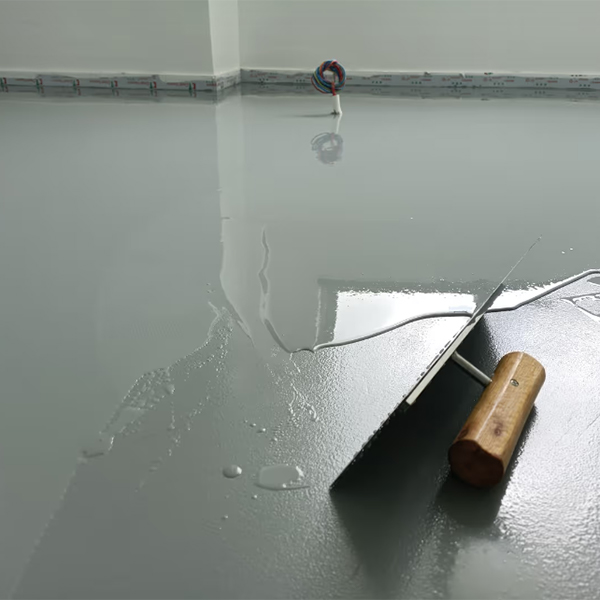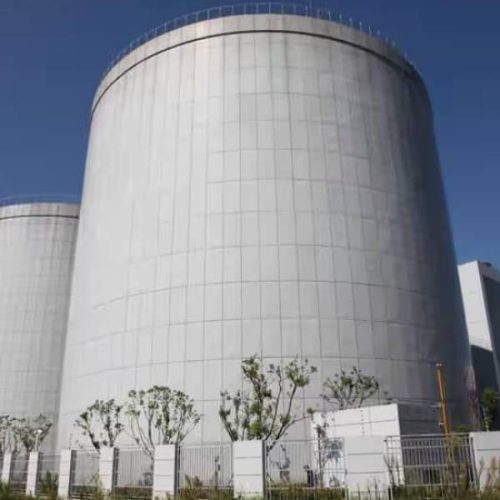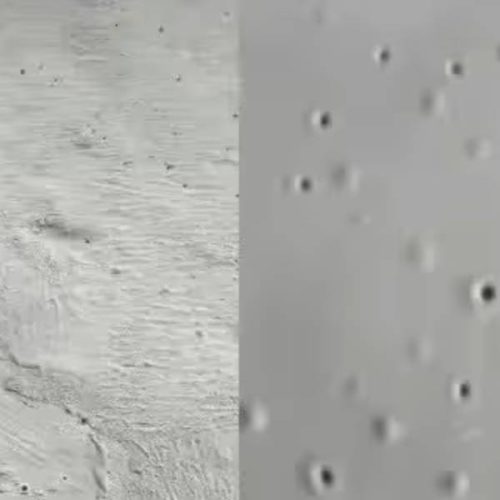Why can Polyaspartic Polyurea be Hand-Brushed?
Many are familiar with polyurea materials. However, the majority are spray-applied polyureas, which require specialized spraying equipment for application. But what makes Polyaspartic Polyurea different, allowing it to be hand-brushed?

The difference lies in their structural composition. Spray-applied polyurea is an elastomeric substance formed by the reaction of an isocyanate component (known as Component A) with an amine compound (Component R). The chemical reaction between these two components is extremely rapid, gelling in 5 seconds and achieving walk-on strength within a minute. If applied manually, the material would finish reacting before application is complete. Therefore, it requires professional equipment and must be applied under high-temperature and high-pressure conditions.
Polyaspartic Polyurea forms from a reaction between secondary amine groups in polyaspartic ester resin and isocyanates, creating a urea-bonded resin. Its reaction is slower than that of spray-applied polyurea, allowing for a longer application window. It doesn’t require two-component spray equipment and can be conveniently applied using methods like air spray, airless spray, hand-brushing, and roll-coating, allowing for greater versatility.

As a high-performance industrial resin, Polyaspartic Polyurea is used in a wide range of applications. It is primarily used as the main resin in coatings—including waterproof coatings, anti-corrosion coatings, floor coatings, and industrial coatings. It is also used in seam sealants, grouting adhesives, bonding agents, and casting materials, with continued development of new applications.
Feiyang has been specializing in the production of raw materials for polyaspartic coatings for 30 years and can provide polyaspartic resins, hardeners and coating formulations. Some of our polyaspartic coating formulations: Polyaspartic Coating
Feel free to contact us: marketing@feiyang.com.cn
Our products list:







